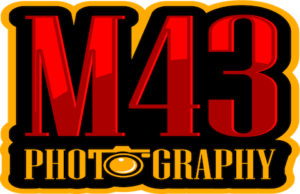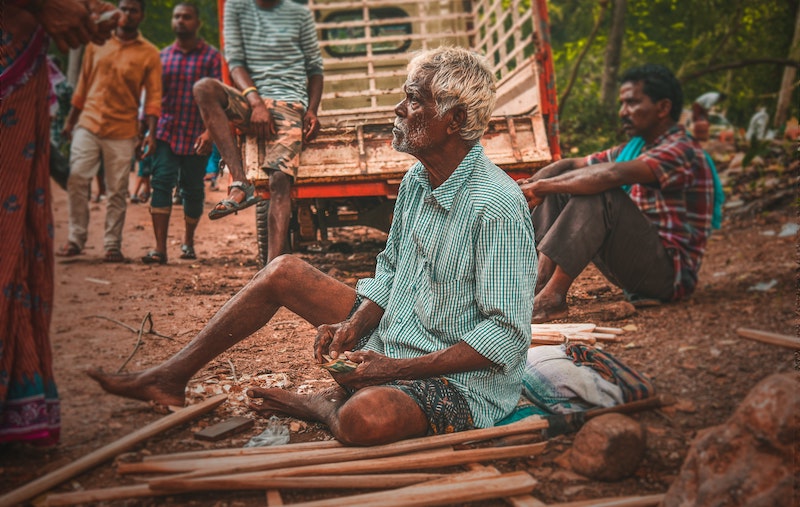The best way to sum up editorial photography is the pictures you see in a magazine which aren’t advertisements.
is the pictures you see in a magazine which aren’t advertisements.
In short, editorial photography covers images that aren’t going to be used for selling stuff.
Where are Editorial Images Used?
Whenever a story needs to be told in images or text could benefit from the support of photographs, it’s editorial images that are included.
Because editorial images are used in magazines, newspapers, and their online equivalents (blogs and websites), it is essential that the integrity of the photographs are maintained.
Maintaining integrity is why you will never see editorial photography being used for commercial purposes , or in any advertising material.
, or in any advertising material.
Building an editorial portfolio is an excellent strategy for new photographers to get more exposure with unique assignments that build experience and challenge the photographer in a diverse range of environments.
Starting your editorial career is also a great way to diversify your portfolio and experience different aspects of photography.
For example, assignments could have you meeting with people from all walks of life, or see you traveling to far-flung areas of the globe.
Breaking into Editorial Photography
It can be a tough gig to break into because newspapers and magazines are hiring fewer photographers these days (blame the internet), but if editorial photography is your passion, then it will be worth your effort.
Why Use Micro Four Thirds for Editorial Photography
When micro four thirds first came onto the scene, the small sensor size put off many professional photographers from adopting the format.
first came onto the scene, the small sensor size put off many professional photographers from adopting the format.
However, times have changed. Feature sets have grown, and advances in digital technology have made micro four thirds a compelling choice for semi-professional and professional photographers alike.
The compact, lightweight nature of micro four-thirds means that you can hit the streets quicker to catch breaking news than you could with a larger setup.
The smaller form factor also makes it more likely you will be carrying a good quality camera when opportunity strikes.
Lens choices for micro four-thirds are growing, and the 2x crop factor means that you can take advantage of a lens set that is much smaller than a similar range compatible with full-frame cameras.
are growing, and the 2x crop factor means that you can take advantage of a lens set that is much smaller than a similar range compatible with full-frame cameras.
Weather sealing is another common feature found on many of the higher-end micro four-thirds cameras (and a few of the mid-range as well).
(and a few of the mid-range as well).
Editorial photographers never know what sort of weather they will be asked to work in, so a camera that can stand up to the elements is a valuable tool.
Qualities of an Editorial Photographer
1. Be Useful and Relevant
You probably have a preference for a particular type of photography, but good editorial photographers are up for anything.
If you are asked to photograph a candidate at a political rally, but you would prefer to cover the local football game, cover the rally.
Make sure you follow the brief. Your editor will have a style in mind, and if you practice your own creative license, your photos will be useless to them.
It’s okay to be creative, but when you’re on the job, the person with the paycheck should be the one writing the rules.
2. Meet Your Deadlines
You may be a fantastic photographer, but if you aren’t on time every time with your images and miss the deadline, your editorial photographs won’t be worth much to the publication.
You need to balance the creative process with the time you have available. Make an effort to understand the story and how best to portray it to your readers through images.
A careful choice of equipment will also be essential. Fortunately, when you choose to work with micro four thirds, you will have the space to create a more versatile kit that gives you options out in the field.
3. Be Professional
You want to be personable and relatable, while also maintaining a professional attitude to your work.
During your editorial career, you will be working with individuals and groups from all walks of life in a wide range of industries.
Knowing how best to work with all the different groups will show in your work as you develop experience and a varied portfolio.
4. Ask Questions
If your images are being used to support an article, then ask to read it before you go out in the field.
Knowing how the piece flows will give you a better understanding of how to go about capturing images that will enhance or reinforce the message.
If the article mentions specific items such as a restaurant dish, ask that it be created before you arrive.
If it says something about an object such as a piece of antique furniture, ask where it is located. These are the types of images readers will expect to see as an accompaniment to the text.
Editors will already have an idea about the layout of the story. Asking what they have in mind will help you when choosing the orientation of your images.
For instance, if you know the story will overlay the image, you will be able to prepare your shot, so it features a plain background or has a shallow depth of field.
5. Increase Your Skillset
Every day as an editorial photographer will bring something new to challenge you, but you still must produce usable images reliably and consistently.
Build your skillset by practicing different types of photography as much as you can. If you haven’t much experience in sports photography , hit the local sports oval and practice photographing the local teams.
, hit the local sports oval and practice photographing the local teams.
If you haven’t much experience in headshots, practice with the people in your life.
You may not need such a diverse skill set right now, but when assignments arrive, you will have more value if you can put your hand up for them with confidence.
Conclusion
Editorial photography is a challenging field that covers a vast range of styles and formats.
When you are striving to make a career out of your camera, you must know the differences and limitations between editorial images and commercial ones.
For many photographers, editorial photography is where they get to enjoy the most creative expression while facing new and exciting challenges every day.
while facing new and exciting challenges every day.


